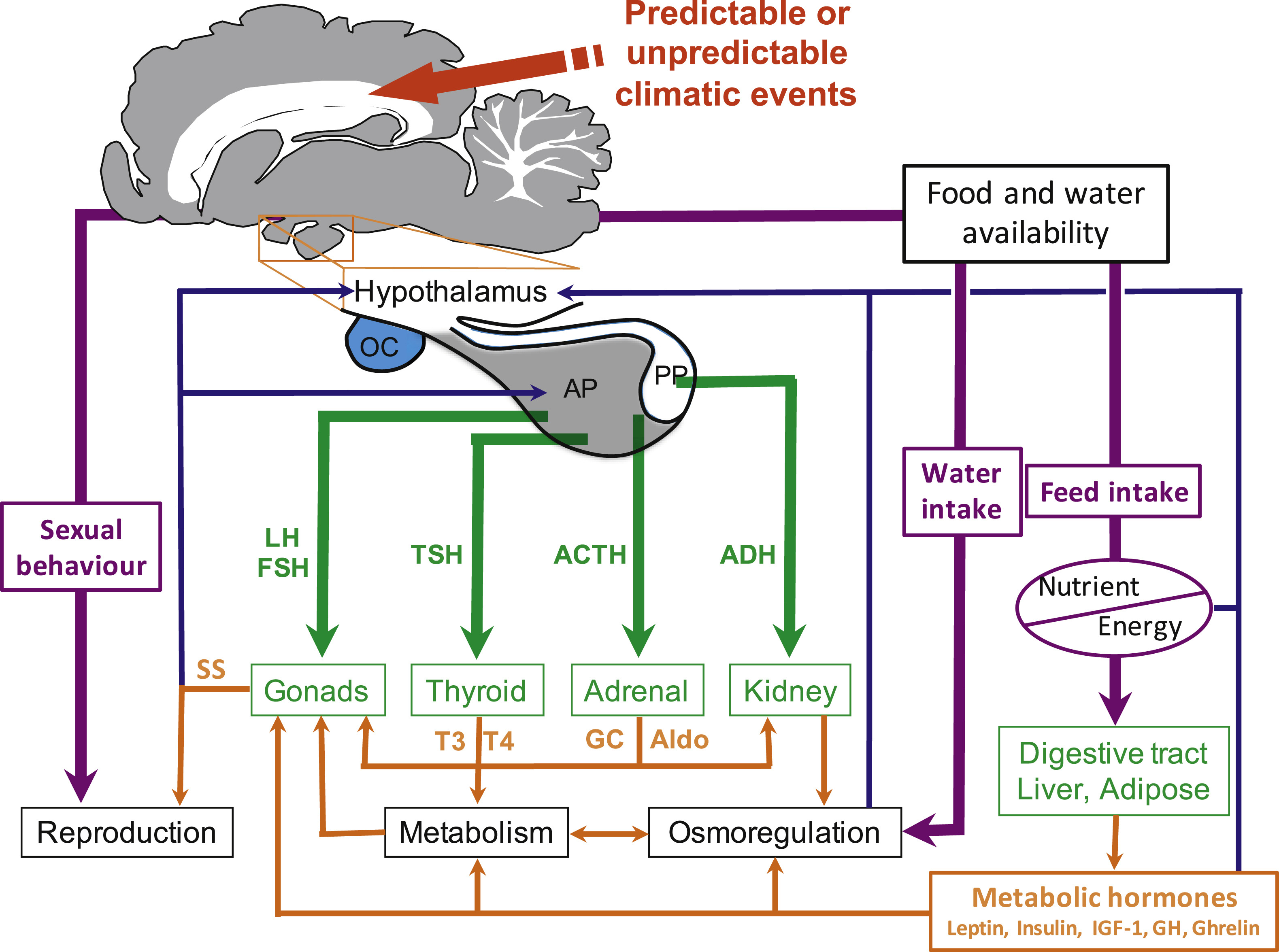Ocean health is critical for human well-being but is threatened by multiple stressors. Parties to the Convention on Biological Diversity agreed to protect 10% of their waters by 2020. The scientific evidence supporting the use of marine protected areas (MPAs) to conserve biodiversity stems primarily from knowledge on fully protected areas, but most of what is being established is partially protected. Here, we assess the protection levels of the 1,062 Mediterranean MPAs.
Although several empirical studies and systematic reviews have documented the mental health impacts of global climate change, the range of impacts has not been well understood. This review examines mental health impacts of three types of climate-related events: (1) acute events such as hurricanes, floods, and wildfires; (2) subacute or long-term changes such as drought and heat stress; and (3) the existential threat of long-lasting changes, including higher temperatures, rising sea levels and a permanently altered and potentially uninhabitable physical environment.
Climate change will expose mammals to an array of stressors, some new, and some with increased frequency and severity. Those stressors influence endocrine and metabolic function, with potential consequences for the survival and persistence of mammalian species. Here, we review the similar consequences of climate change on the physiological function of terrestrial mammals, including direct effects of increasing air temperatures and reduced water availability, as well as the indirect effect of reduced or unpredictable food supply.
Paolo Tarolli, Giulia Sofia, Chapter 9 - Remote sensing for the analysis of anthropogenic geomorphology: Potential responses to sediment dynamics in the agricultural landscapes, Editor(s): Paolo Tarolli, Simon M. Mudd, Developments in Earth Surface Processes, Elsevier, Volume 23, 2020, Pages 255-269, ISSN 0928-2025, ISBN 9780444641779, https://doi.org/10.1016/B978-0-444-64177-9.00009-6.
Paolo Tarolli, Giulia Sofia, Chapter 9 - Remote sensing for the analysis of anthropogenic geomorphology: Potential responses to sediment dynamics in the agricultural landscapes, Editor(s): Paolo Tarolli, Simon M. Mudd, Developments in Earth Surface Processes, Elsevier, Volume 23, 2020, Pages 255-269, ISSN 0928-2025, ISBN 9780444641779, https://doi.org/10.1016/B978-0-444-64177-9.00009-6.
Partner content
Global Citizen, 15th April 2020
Partner content
Global Citizen, 15th April 2020
On April 22nd 1970, 20 million Americans took to the streets, parks and auditoriums to demonstrate for a healthy, sustainable environment in massive coast-to-coast rallies. Spearhead by Senator Nelson, after witnessing the ravages of the 1969 Santa Barbara oil spill, the first Earth Day protests forced environmental protection onto the national political agenda and led to the creation of the United States Environmental Protection Agency and the passing of key environmental legislation.



